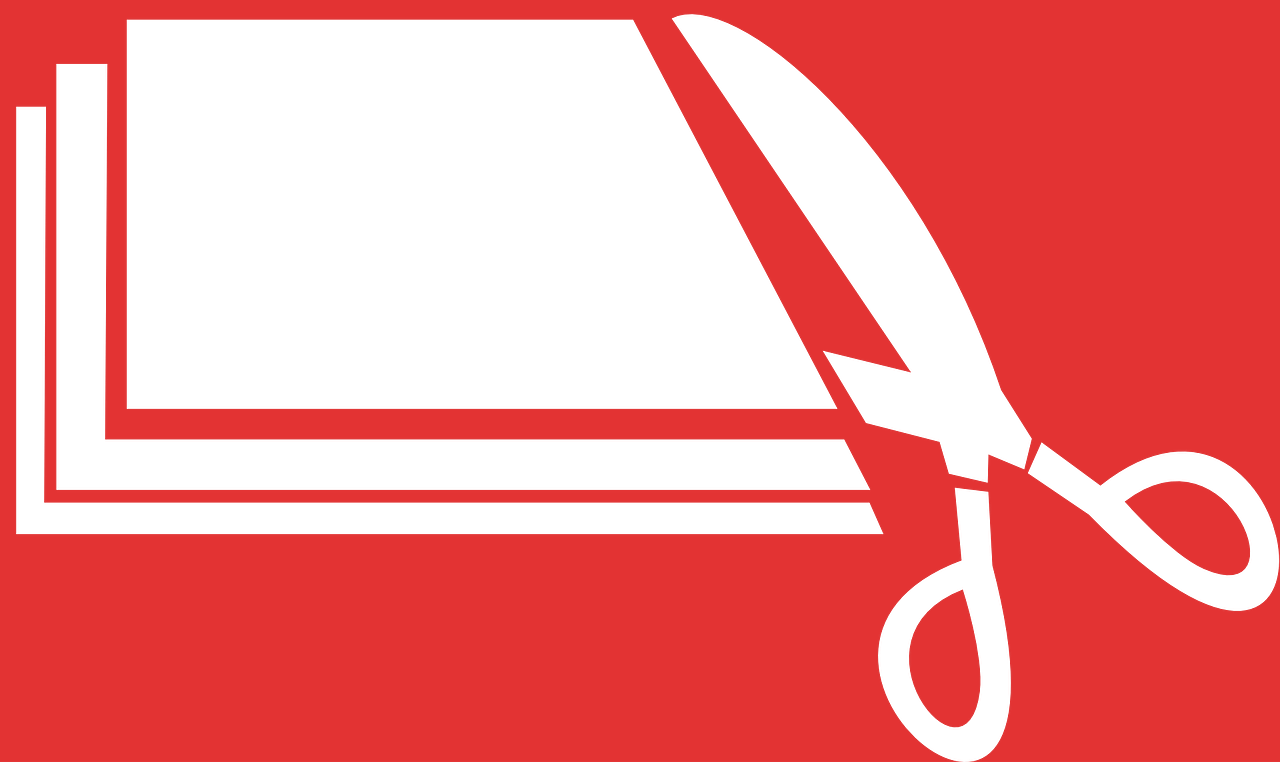7 cost-cutting tips for small business owners
Whether you’re just starting up or are managing an established company, it’s always wise to cut costs where possible. With most small businesses, cash flow is hugely important and smart decisions must be made when it comes to investing. If you’re looking for ways to reduce spend, take a look at these top tips.
1. Streamline processes with technology
If your HR or financial software is outdated, then simple tasks could be taking twice as long as necessary. This will mean your business is running less efficiently timewise, leading to higher staff costs. Implement high-performance technology and software that will allow you to streamline processes and reduce time wasting.
2. Run a paperless office
Do you often fork out huge sums for ink, paper, postage and pens? Let alone the initial costs of buying a good quality printer and scanner? Then it may be worth adopting a paperless office environment. There is potential to save a huge amount of money by reducing unnecessary printing and implementing digital filing systems.
When running a paperless office, also consider investing in a re-usable option such as a collection of business-branded chalkboard name tags when hosting events. This option is also much more environmentally friendly than the usual plastic name tags. These tags can be reused countless times and saves on the cost of ordering more plastic holders. By ditching the plastic and going completely paperless, you will be playing a role in saving the environment and reducing your business costs at the same time!
3. Create a realistic business budget
One of the best ways to take control of your business’s finances is to create a realistic financial budget for each calendar year. Without a clear understanding of your incomings and outgoings, it’s impossible to use your money wisely. A great budget shouldn’t be set in stone either but must adapt as the business does throughout the year.
4. Try an alternative working space
Any business owners that lease a private office will know the huge financial implications this can have. Instead, why not look for an alternative working space for you and your staff? There are loads of options, from smaller spaces to shared environments and even home-based working.
5. Buy second-hand equipment
While investing in the latest new IT equipment may be tempting, it usually comes with a hefty price tag. Save your company some big bucks by opting for refurbished equipment instead. Often, second-hand equipment is just as good quality as brand new but at a fraction of the price. Make sure you purchase from a trusted retailer and ensure it is safe for use.
6. Book travel in advance
Do you regularly hop on the train to attend meetings with clients? One of the biggest business expenses is last minute train tickets, so try to book travel for you and your employees as far in advance as possible. If you need to fly internationally, you could also consider getting the train to the airport instead of a private transfer. For instance, a train from Clapham Junction to Gatwick Airport can take just 24 minutes and may cost as little at £12.
7. Use online marketing
Want your business to grow? Looking for ways to increase your brand’s visibility and increase your customer base? Then online marketing is a cost-effective way to do so. Not only are blogs, social media posts and website optimisation relatively low cost, but also deliver great results. Online marketing also has potential to reach a wider audience much quicker than other forms of marketing.
Implementing these cost-saving techniques may just be the difference between your business surviving and thriving. Why not make some changes to the way you run things today?

